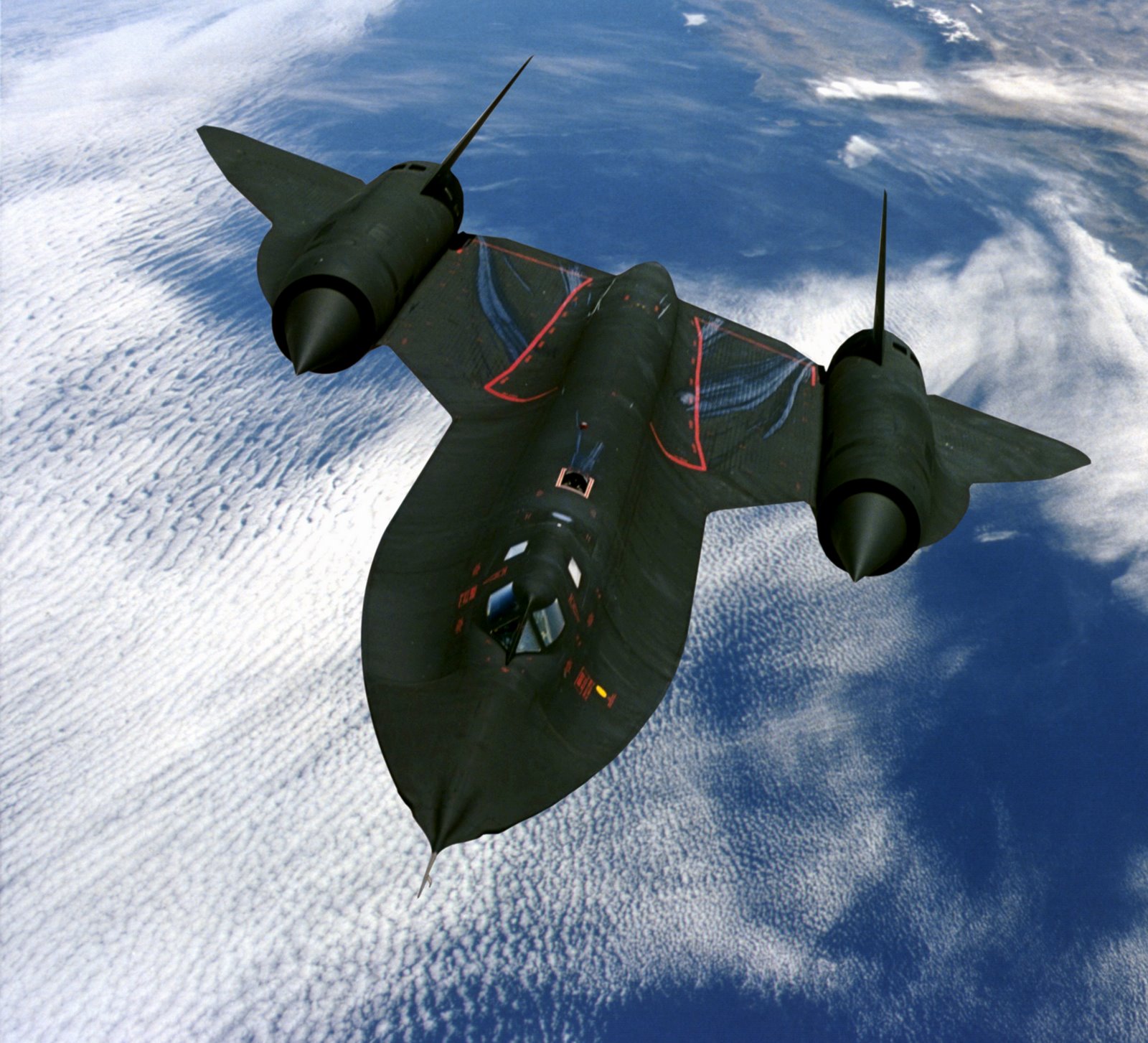Today’s concept in the second-generation supersonic flight is to design the flight that can fly at supersonic speed over the sea and can fly at subsonic speed over the land. My concept is to design and develop the supersonic flight that can fly at supersonic speed over the sea and land. Formation of mach cone at supersonic speed is the main problem in the supersonic flight technology. Once if we can able to avoid the formation of the mach cone then we can reduce the wave drag. If we can reduce the wave drag then we can increase the Lift/Drag ratio. If we can increase the Lift/Drag ratio then we can increase the range and we can develop the supersonic flight as the fuel-efficient aircraft. And it can fly at supersonic speed over the land and sea. Then designing a egine is the other problem in the future supersonic flight design. develop the engine with low noise and fuel efficient. it shuold consume the less amount fuel in supersonic and subsonic speed. our first generation supersonic flight concorde consumed large amount fuel in subsonic speed to compare the supersonic speed.
At transonic speeds, the flow field around the object includes both sub- and supersonic parts. The transonic regime begins when first zones of Ma>1 flow appear around the object. In case of an airfoil (such as an aircraft's wing), this typically happens above the wing. Supersonic flow can decelerate back to subsonic only in a normal shock; this typically happens before the trailing edge.
As the velocity increases, the zone of Ma>1 flow increases towards both leading and trailing edges. As Ma=1 is reached and passed, the normal shock reaches the trailing edge and becomes a weak oblique shock: the flow decelerates over the shock, but remains supersonic. A normal shock is created ahead of the object, and the only subsonic zone in the flow field is a small area around the object's leading edge.
When an aircraft exceeds Mach 1 (i.e. the sound barrier) a large pressure difference is created just in front of the aircraft. This abrupt pressure difference, called a shock wave, spreads backward and outward from the aircraft in a cone shape (a so-called Mach cone). It is this shock wave that causes the sonic boom heard as a fast moving aircraft travels overhead. A person inside the aircraft will not hear this. The higher the speed, the more narrow the cone; at just over Ma=1 it is hardly a cone at all, but closer to a slightly concave plane.
At fully supersonic velocity the shock wave starts to take its cone shape, and flow is either completely supersonic, or (in case of a blunt object), only a very small subsonic flow area remains between the object's nose and the shock wave it creates ahead of itself. (In the case of a sharp object, there is no air between the nose and the shock wave: the shock wave starts from the nose.)
As the Mach number increases, so does the strength of the shock wave and the Mach cone becomes increasingly narrow. As the fluid flow crosses the shock wave, its speed is reduced and temperature, pressure, and density increase. The stronger the shock, the greater the changes. At high enough Mach numbers the temperature increases so much over the shock that ionization and dissociation of gas molecules behind the shock wave begin. Such flows are called hypersonic.

